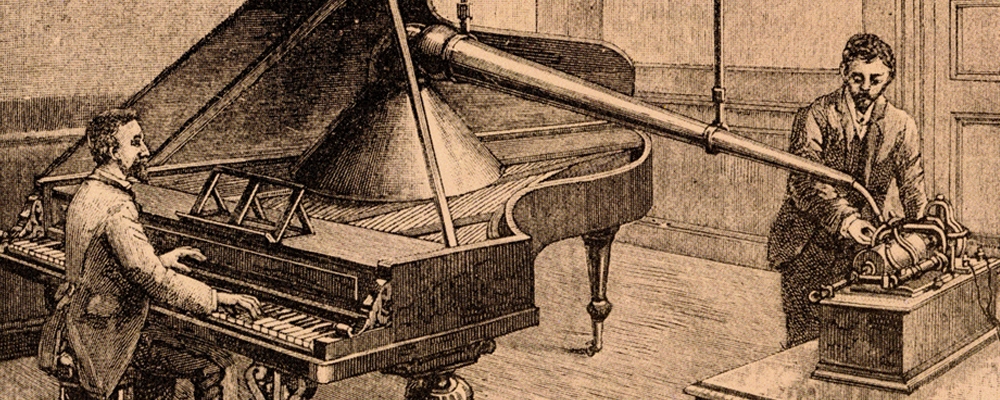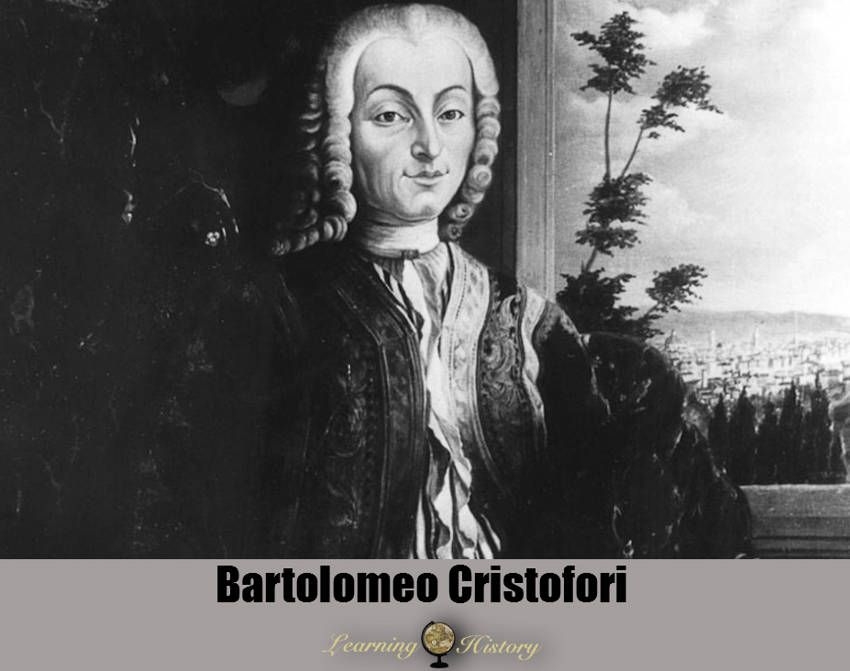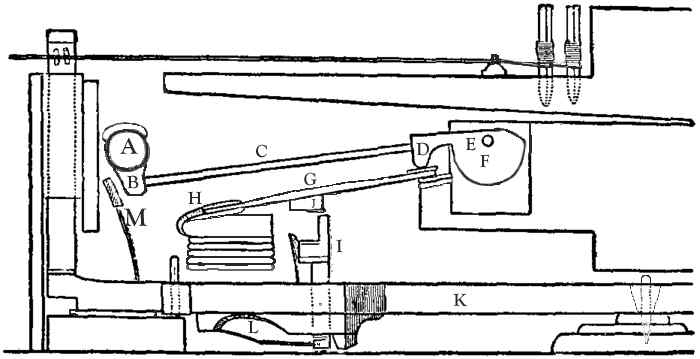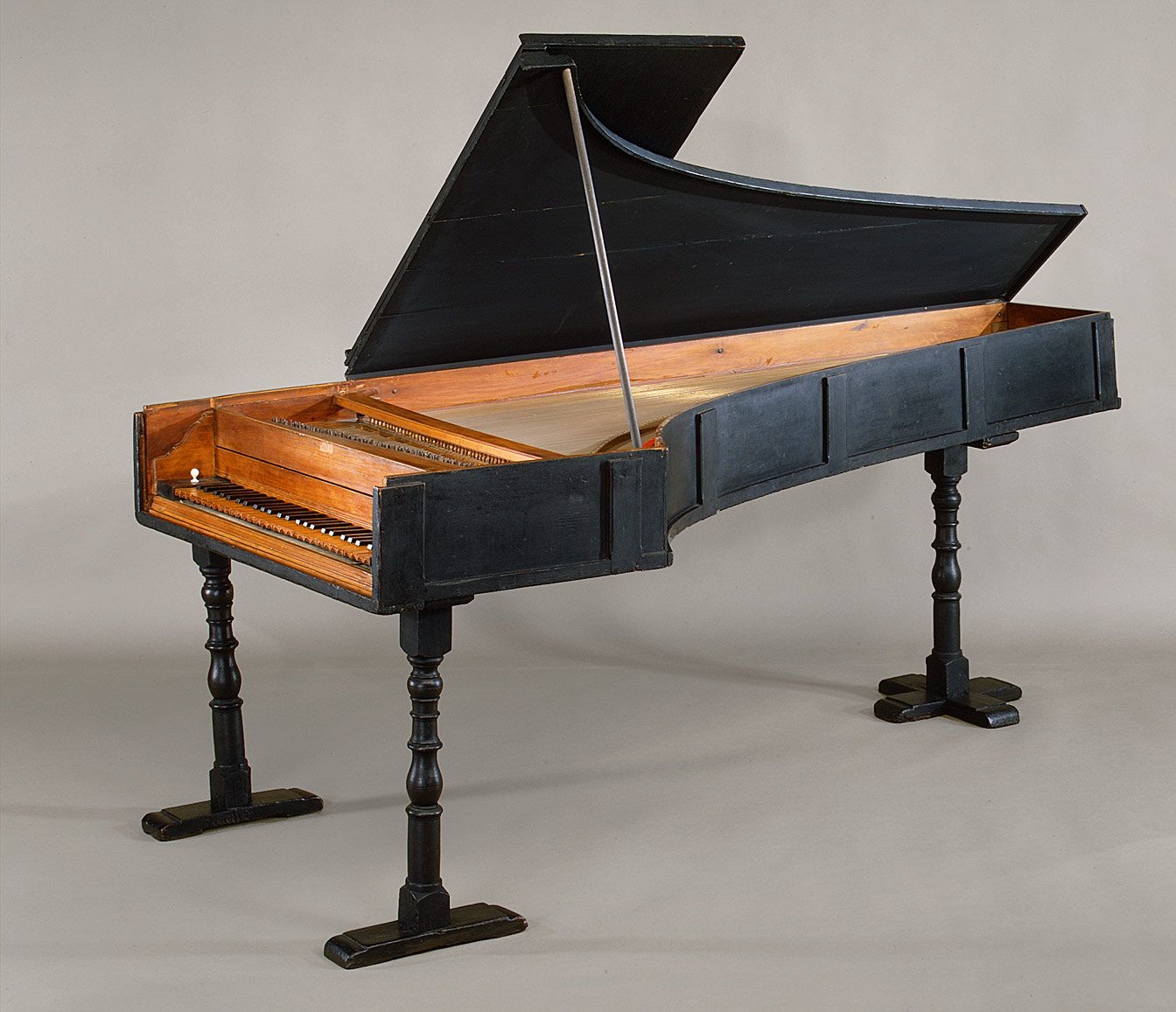What is the First Piano in the World?
 |
| Photo: Yamaha.com |
But how the first piano ever made, let scroll down and find out with KnowInsider.
Who invented the first piano?
Meet the man who invented the most popular instrument in the world: Bartolomeo Cristofori.
 |
| Photo: Pinterest |
Bartolomeo Cristofori was born in Padua in 1655. There’s very little record of him until, in 1688, he starts working for Prince Ferdinando de Medici (heir to one of the most powerful families in Tuscany), as cited by Classic FM.
By this time, he was already a musical instrument maker and technician. Ferdinando hired Cristofori to take care of his menagerie of musical instruments – and probably because he’d heard that Cristofori was a pretty cracking inventor too.
Cristofori and the First Piano
A 1700 inventory of Medici instruments mentions an “arpicimbalo,” i.e., an instrument resembling a harpsichord, “newly invented by Bartolomeo Cristofori” with hammers and dampers, two keyboards, and a range of four octaves, C–c”’. The poet and journalist Scipione Maffei, in his enthusiastic 1711 description, named Cristofori’s instrument a “gravicembalo col piano, e forte” (harpsichord with soft and loud), the first time it was called by its eventual name, pianoforte. A contemporary inscription by a Florentine court musician, Federigo Meccoli, notes that the “arpi cimbalo del piano e’ forte” was first made by Cristofori in 1700, giving us a precise birthdate for the piano, MetMuseum cites.
Cristofori was an artful inventor, creating such a sophisticated action for his pianos that, at the instrument’s inception, he solved many of the technical problems that continued to puzzle other piano designers for the next seventy-five years of its evolution.
His action was highly complex and thus expensive, causing many of its features to be dropped by subsequent eighteenth-century makers, and then gradually reinvented and reincorporated in later decades.
 |
| The Cristofori piano action. Photo: Wikimedia Commons |
Cristofori’s ingenious innovations included an “escapement” mechanism that enabled the hammer to fall away from the string instantly after striking it, so as not to dampen the string, and allowing the string to be struck harder than on a clavichord; a “check” that kept the fast-moving hammer from bouncing back to re-hit the string; a dampening mechanism on a jack to silence the string when not in use; isolating the soundboard from the tension-bearing parts of the case, so that it could vibrate more freely; and employing thicker strings at higher tensions than on a harpsichord.
Cristofori’s Surviving Pianos
Sitting in the Metropolitan Museum of Art in New York is the world’s oldest piano. Dating from 1720, the piano was one of the earliest surviving creations by Bartolomeo Cristofori, the inventor of the piano.
 |
| The piano made in 1720 by Cristofori in the Metropolitan Museum of Art, New York. Photo: Pinterest |
Alongside the piano in the Metropolitan Museum of Art, two other pianos made by Cristofori exist; one dating from 1722 in the Museo Strumenti Musicali, Rome, and another dating from 1726 in the Musikinstrumenten-Museum, Leipzig. Distinctly, the two Cristofori pianos outside of New York both include a feature, if activated, whereby the hammer only hits one of the two strings that create the pitch, thus quieting the instrument.
Composers grasped the possibilities presented by the piano and in 1732 Lodovico Giustini published his twelve Sonate da cimbalo di piano e forte detto volgarmente di martelletti; the first piano music ever written. Giustini leapt at the piano’s ability to use dynamics with pianos and fortes littering the score, as cited by Pianist Magazine.
| In addition to being historical relics, the survival of these instruments allows us to hear what some composers would have imagined when they wrote for the piano. It is easy to picture and hear a Steinway when one considers piano music, but, as the short clip shows, the earliest pianos are starkly different. This does not diminish the beauty of modern pianos, rather generate food for thought. |























